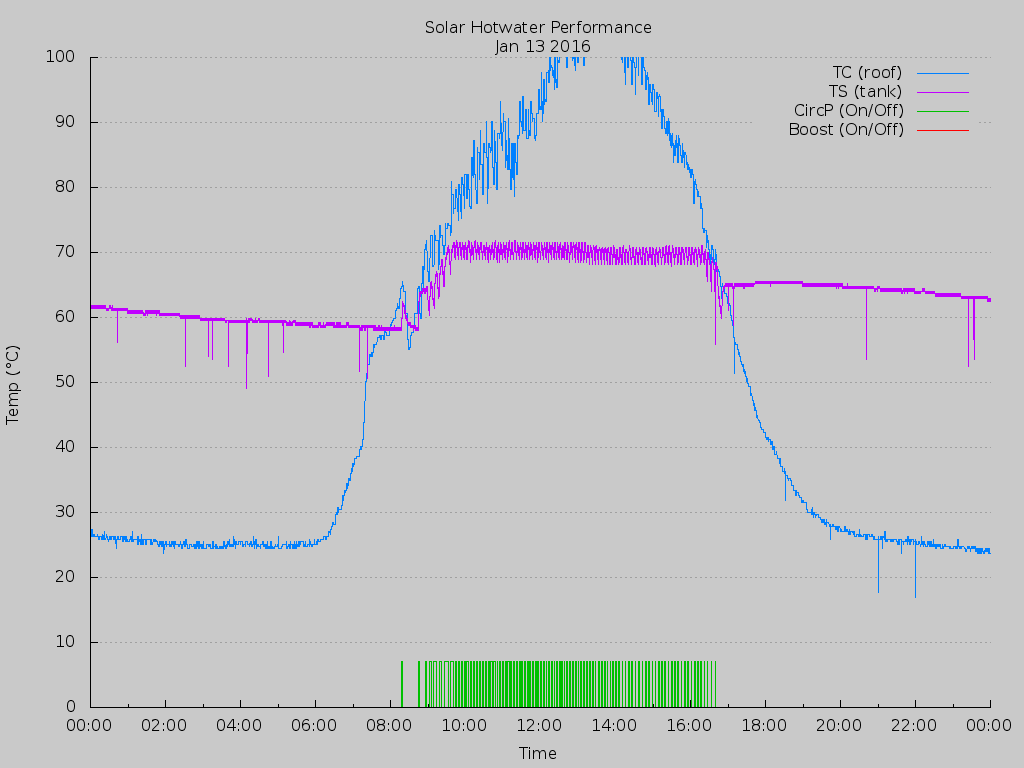Hi, I’m new here, but looking for ideas. (I’m ex radio-electronics engineer turned electrician). Sorry not specifically emoncms but a generic problem I think.
A couple of years back I fitted a well known branded PV diverter (since recently ceased trading…) for one of my customers.
Flawless performance till the immersion element failed recently. I replaced the element and 'stat and since then, the tank stat is suffering endless safety cut-out faults. This is fixable with a small reset button in the 'stat.but when it happens 3 times a day, it gets tiresome.
Some relevant points are:
All modern 'stats have backup safety cut-out. The original didn’t have one.
The tank has solar thermal also, and on good days, this will try to exceed 60C, whatever the main immersion stat setting.
I don’t know the default setting temperature of the safety stats, but having tried two now, we are observing that the circuit is cut (by the in-series safety stat) when the tank is at or below 60C,
same happens with two different stats, different brands.
The customer would like to take the tank to 70…75C
Main stat is maxed out, it’s not this which is cutting the circuit, it’s the safety stat.
Trawling other forums I find a similar mention of this fault on IET forum.
Ideas are: :
-
An air bubble at the tank top caused by faulty plumbing where the take-off pipe was too long, causing bubble round the root of the (top mounted) immersion, and hence self-heating of the safety stat.
-
Too much thermal conductance between immersion element and the safety stat.(but two stats are doing the same here, different brands)
-
Very low setting of the backup safety stat (which is not tuneable and is not documented)
4, Bad calibration of the safety stat…
If anyone has experienced this, (which would be a generic issue, unrelated to branded or other PV diverter). and has any other ideas, let me know please.
Rgds


